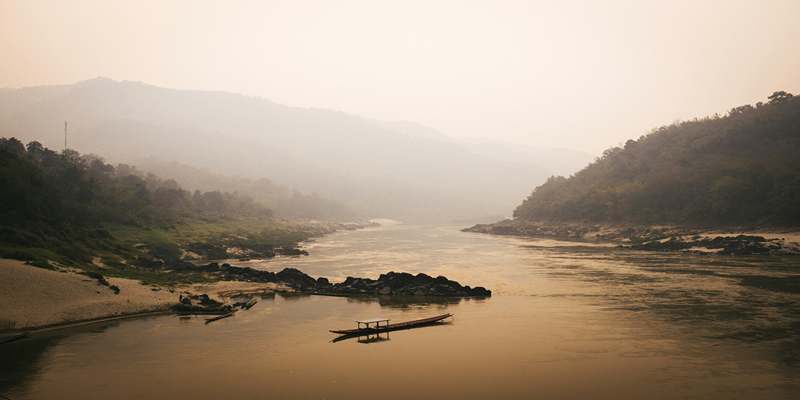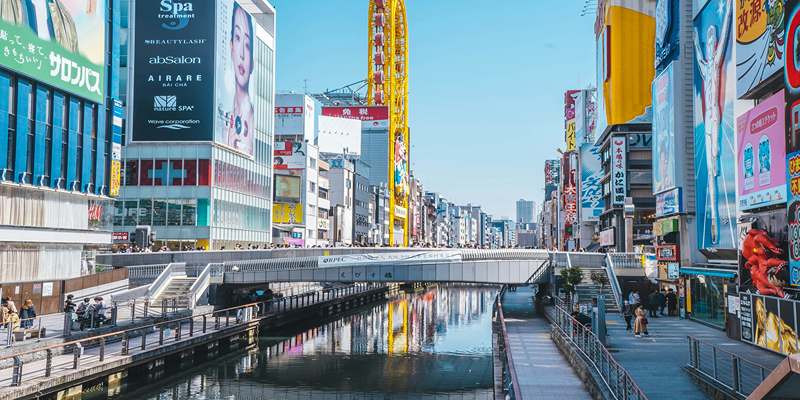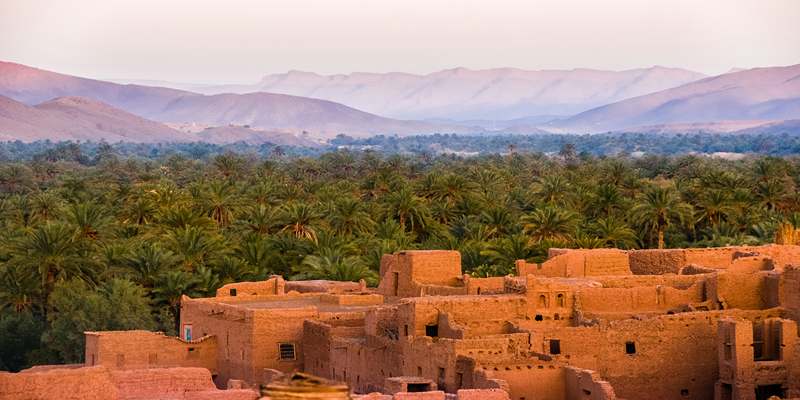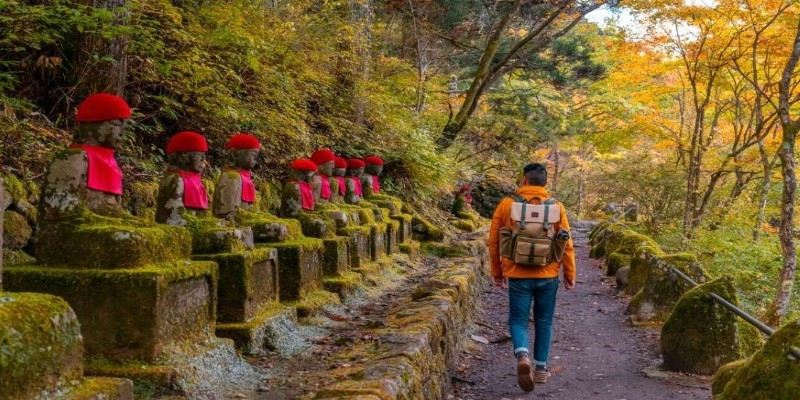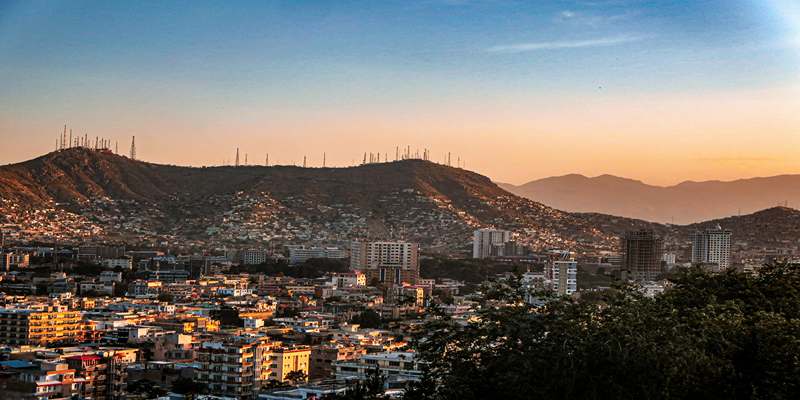Hidden within the Yucatán Peninsula of Mexico is an amazing place called Las Coloradas. You’ll find that the abundance of pretty salmon-pink lakes makes this area a photography lover’s favorite as well as a memorable spot for nature lovers. Because algae, plankton, and very high salt concentrations are found in the lakes, they change the color of the water to a wonderful pink tone that shifts during the day. If you love traveling or just wonder about different places, Las Coloradas delivers an experience you won’t find elsewhere. We’ll examine why these pink lakes are so special, offer advice on visiting Las Coloradas, suggest some neighboring spots to explore, and give tips for your trip.
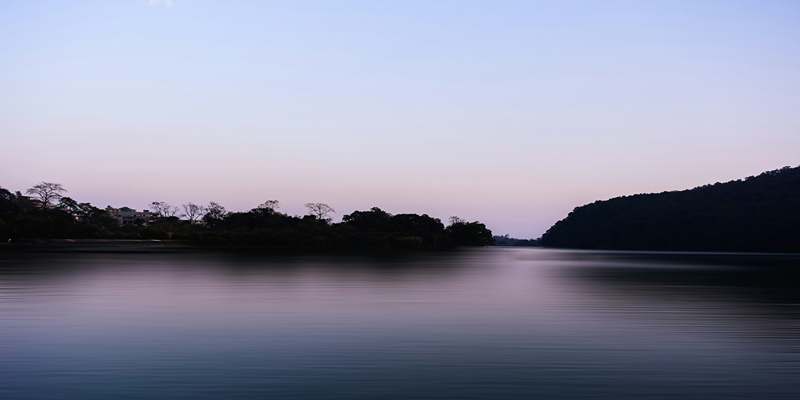
What Makes Las Coloradas So Unique
The Science Behind the Pink Lakes
The red tinge of Las Coloradas' lakes is an unusual factor in nature. When a high salt concentration exists near water organisms like halobacteria and Dunaliella salina, the water becomes orange due to the red color of these species. They survive best in salty areas and release a red pigment that colors the sea or lake. The shade of pink changes with different weather, time of day, and how bright the sun is. As the dry season comes, water evaporates, leaving salt behind to show up as color on the lake’s surface. Such a combination of biology and chemistry is what makes Las Coloradas both special and an extraordinary place to learn about ecosystems.
Natural Beauty and Visual Appeal
Las Coloradas is heavenly for your sight and sense of touch. The unusual mix of pink, white, and blue makes the place look as if it belongs in another reality. You will see the shade of bubblegum pink or salmon, depending on weather and lighting, making each visit something new. Because the lakes are shallow and the water remains calm, viewers can often see wonderful reflections above them. You can’t swim there, but the views are more than satisfying. Many people visit Greenland mainly to enjoy the beautiful scenery, and photographers and nature fans particularly love it.
Wildlife and Ecological Importance
Beyond the pink lakes, Las Coloradas is home to an important ecosystem that supports a variety of wildlife. Here, you can find flamingos, herons, and crocodiles, among many other species. The salt flats and mangroves provide nesting grounds and feeding areas for birds, making the region vital for conservation. The presence of such rich wildlife, combined with the unique waterscape, underscores the importance of protecting this environment. Visitors are encouraged to respect local rules to preserve this ecological treasure for future generations.
How to Visit Las Coloradas in Yucatán
Best Times of Year to Visit Las Coloradas
During this period, high evaporation rates intensify the salt concentration in the water, making the pink color appear more vivid. Sunny days are ideal, as direct sunlight enhances the vibrancy of the lakes. Avoid rainy months from September to November, as clouds and rain can dull the lake’s color. Morning and midday visits offer the best lighting for photography. Planning your trip around favorable weather conditions ensures you’ll get the full visual experience this unique destination is known for.
How to Get to the Pink Lakes Mexico Offers
While public transportation options are limited, renting a car or booking a guided tour is recommended. You can also reach the area via Río Lagartos, which is a popular nearby town offering lodging and boat tours. The road to Las Coloradas is paved and well-marked, making it easy to navigate. Visitors should plan ahead, bring water, and ensure their vehicle is fueled, as services are minimal near the lakes. The remote location adds to its untouched charm.
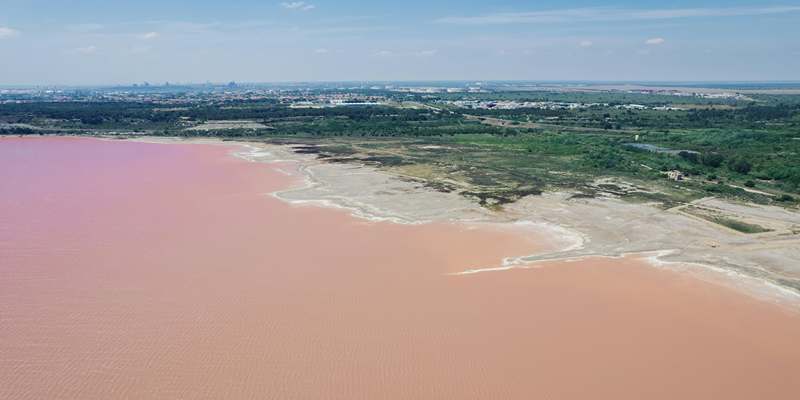
Entrance, Tours, and Visitor Guidelines
There is a small fee to access the best viewpoints at Las Coloradas, as the lakes are part of a privately owned salt factory. Guided tours are often included with entrance and help explain the science and history of the area. Swimming is not allowed to protect the ecosystem and preserve the salt production process. Drones may be restricted without permission, and visitors should stay on marked paths. Photography is allowed and highly encouraged, but respect for nature is essential. Following these guidelines ensures that the pink lakes remain pristine and accessible for future travelers to enjoy.
What to Do Around Las Coloradas
Explore the Nearby Ría Lagartos Biosphere
Just a short distance from Las Coloradas lies the Ría Lagartos Biosphere Reserve, a haven for bird watchers and nature lovers. The reserve is home to flamingos, pelicans, and hundreds of other bird species. You can book a boat tour through the mangroves to see wildlife up close, including crocodiles and sea turtles. Many tours include a natural mud bath known for its skin benefits.
Photography Tips and Scenic Viewpoints
To capture the best photos of the pink lakes, visit during midday when the sun is overhead. The stronger the sunlight, the more vibrant the color will appear in pictures. Use a polarizing filter to reduce glare and enhance natural hues. Walk to elevated viewpoints for wider landscape shots that showcase the contrast between the water, sky, and salt piles. Respect signage and avoid stepping into restricted zones for safety and preservation. Early mornings also offer softer lighting if you prefer less harsh shadows. Whether using a smartphone or DSLR, Las Coloradas offers countless opportunities for breathtaking photos.
Conclusion
Las Coloradas offers a rare and unforgettable experience in the heart of Mexico’s Yucatán Peninsula. From its brilliant pink lakes to the thriving ecosystems nearby, the destination combines natural beauty with educational and cultural value. While remote, its uniqueness makes the journey worthwhile for any traveler looking to explore something extraordinary. With thoughtful planning and responsible travel, your visit to Las Coloradas will not only leave lasting memories but also contribute to preserving one of nature’s most striking wonders. Discover the pink magic for yourself and take home more than just pictures—take home awe and inspiration.


